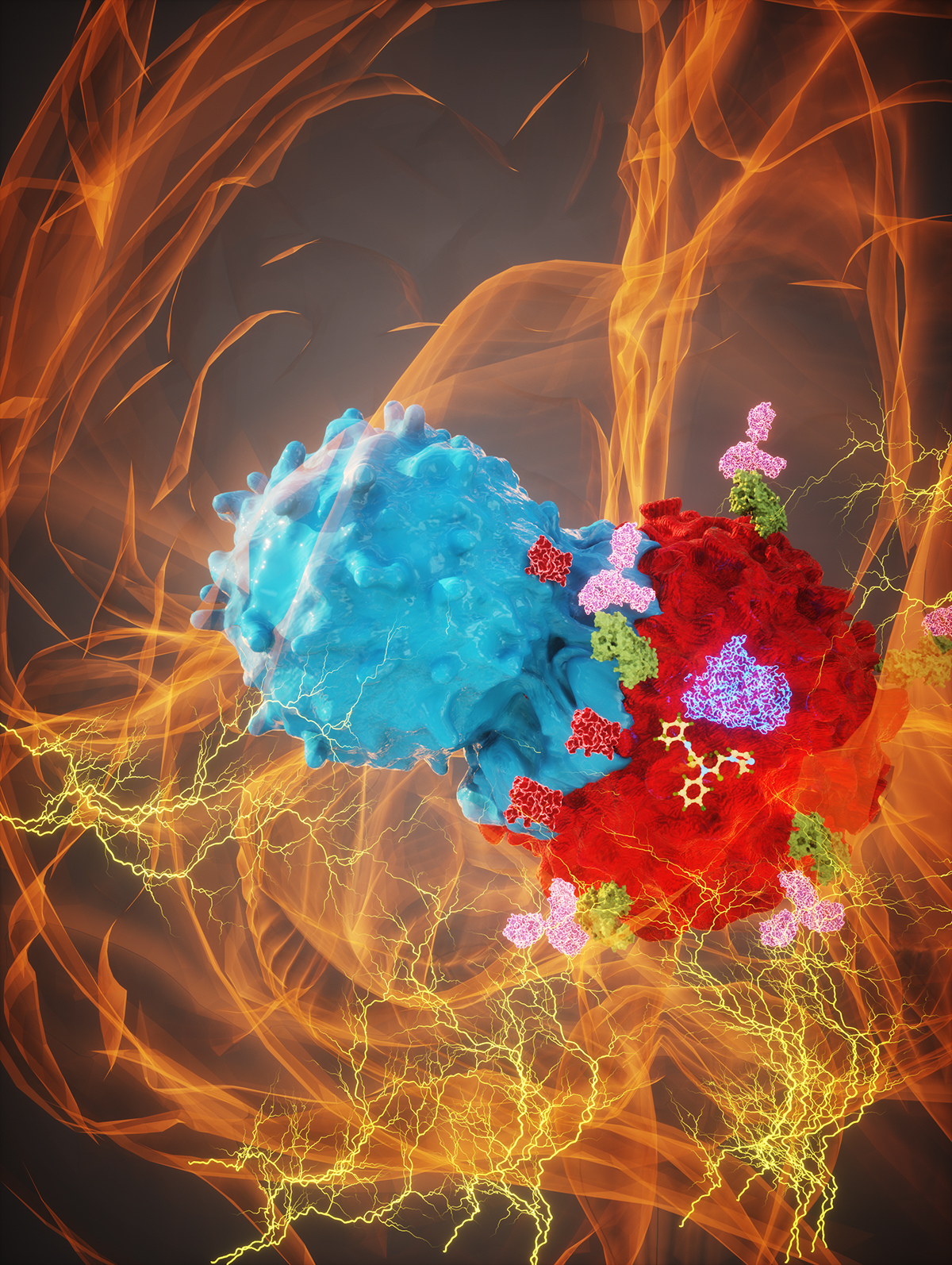
Media Advisory
Tuesday, February 16, 2021
NIH-funded preclinical study suggests new approach to treat a type of brain tumor
What
Gliomas are common brain tumors that comprise about one third of all cancers of the nervous system. In a study funded by the National Institutes of Health, researchers tested a novel combination treatment approach on mice with tumors with characteristics similar to human astrocytomas — a type of slow-growing glioma—and found tumor regression in 60 percent of the mice treated. These encouraging results, published in the Journal of Clinical Investigation, could be the first step toward developing a treatment for this type of brain cancer.
Led by senior authors Maria Castro, Ph.D. and Pedro Lowenstein, M.D., Ph.D. along with a team of researchers at the University of Michigan Rogel Cancer Center in Ann Arbor specifically tested inhibitors of the compound D-2-Hydroxyglutarate (D-2-HG), which is produced by cancer cells, on a mouse version of astrocytoma carrying mutations in the genes IDH1 and ATRX, along with an inactivated form of the tumor suppressor protein 53 (TP53) gene.
When the implanted mice were treated with a drug to block the production of D-2-HG along with standard of care radiation and temozolomide (chemotherapy) treatments, their survival significantly improved. Looking more closely at tumor cells grown in dishes, the researchers saw that blocking D-2-HG caused the cells to become more susceptible to radiation treatment. However, the treatment also increased the amount of an “immune checkpoint” protein, which tumors use to turn off T cells and evade the immune system.
Inhibiting this immune checkpoint protein with an additional drug resulted in an even greater improvement in survival, because the mouse’s own immune system was able to attack the tumor. Importantly, this combination therapy also led to immunological memory against the glioma, meaning that the mouse now had T cells tailored to the specific tumor. Because gliomas almost always grow back after treatment, these T cells make the animal better prepared to fend off regrowth.
It must be emphasized that these experiments were performed in mice. Nonetheless the preclinical results produced by this combination therapy could represent a key advance in developing an improved treatment regimen, which combines D-2-HG and immune checkpoint inhibition, radiation, and temozolomide, for patients with astrocytomas.
Who
Jane Fountain, Ph.D., program director, National Institute of Neurological Disorders and Stroke
Article
Kadiyala P. et al. Inhibition of 2-Hydroxyglutarate Elicits Metabolic-reprogramming and Mutant IDH1 Glioma Immunity in Mice. Feb. 15, 2021. Journal of Clinical Investigation. DOI: 10.1172/JCI139542
This study was supported by the NIH (NS091555, NS094804, NS074387, NS076991, NS082311, NS096756, EB022563); Department of Neurosurgery, University of Michigan; Rogel Comprehensive Cancer Center; Pediatric Brain Tumor Foundation; American Brain Tumor Association; Leah’s Happy Hearts; and Chad Tough Foundations.
This media availability describes a basic research finding. Basic research increases our understanding of human behavior and biology, which is foundational to advancing new and better ways to prevent, diagnose, and treat disease. Science is an unpredictable and incremental process — each research advance builds on past discoveries, often in unexpected ways. Most clinical advances would not be possible without the knowledge of fundamental basic research. To learn more about basic research, visit https://www.nih.gov/news-events/basic-research-digital-media-kit.
NINDS (https://www.ninds.nih.gov) is the nation’s leading funder of research on the brain and nervous system. The mission of NINDS is to seek fundamental knowledge about the brain and nervous system and to use that knowledge to reduce the burden of neurological disease.
About the National Institutes of Health (NIH): NIH, the nation's medical research agency, includes 27 Institutes and Centers and is a component of the U.S. Department of Health and Human Services. NIH is the primary federal agency conducting and supporting basic, clinical, and translational medical research, and is investigating the causes, treatments, and cures for both common and rare diseases. For more information about NIH and its programs, visit www.nih.gov.
NIH…Turning Discovery Into Health®
"type" - Google News
February 17, 2021 at 02:21AM
https://ift.tt/37j6BPw
Combination treatment for common glioma type shows promise in mice - National Institutes of Health
"type" - Google News
https://ift.tt/2WhN8Zg
https://ift.tt/2YrjQdq
Bagikan Berita Ini














0 Response to "Combination treatment for common glioma type shows promise in mice - National Institutes of Health"
Post a Comment